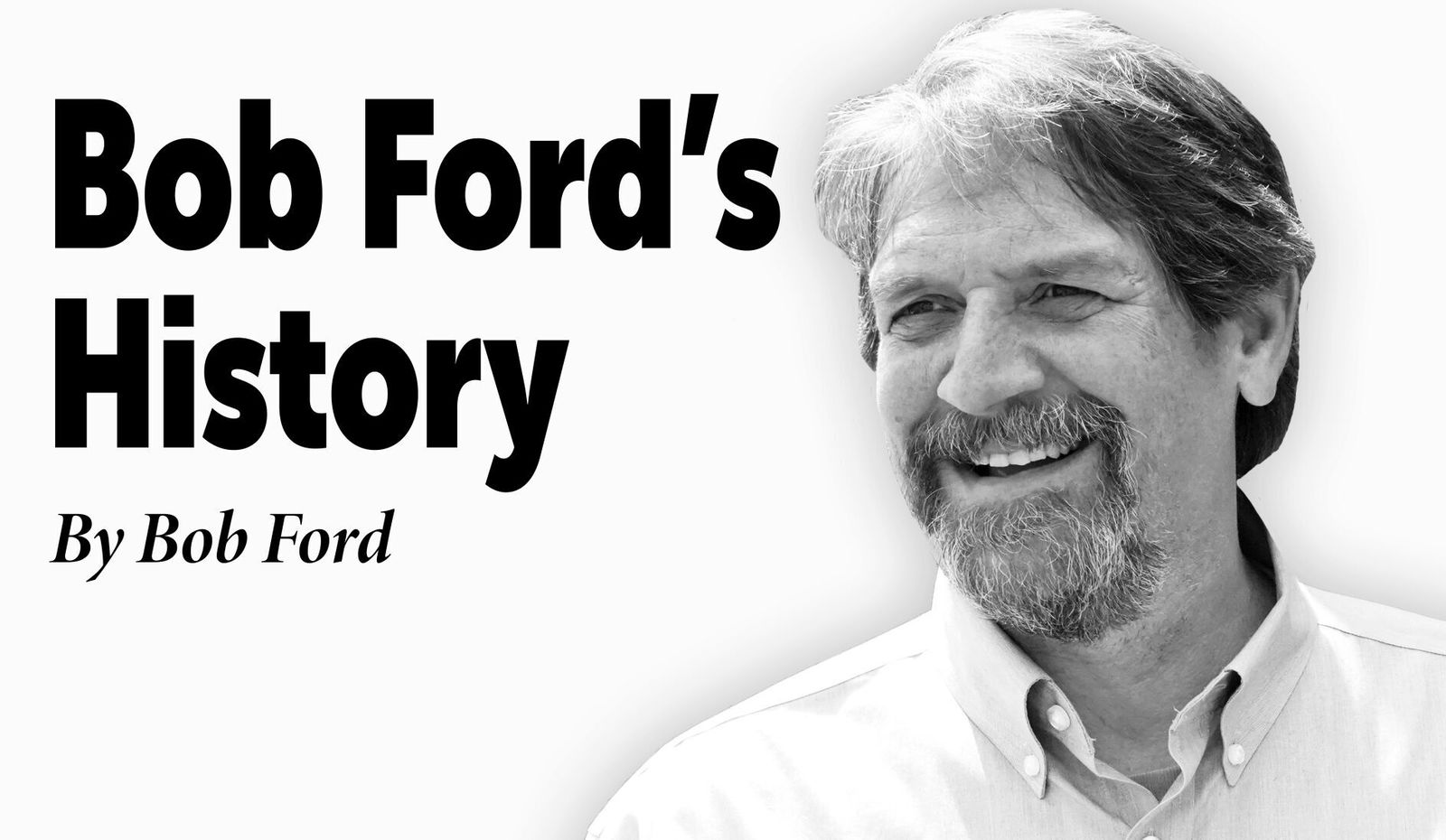December 1989: My month of living Dangerously, Part III

By Bob Ford Special to
Articles, podcasts and YouTube videos are complimentary from those helping preserve our history: Nodaway Valley Bank, Hughes Chiropractic and Anonymous Buffs.
If you love history, we are seeking sponsors to run this column. To comment or join in supporting this non-profit, contact Bob at robertmford@aol.com.
All the talk and strategies for Czechoslovakia didn’t matter if the Russian Army was still in country after the Velvet Revolution. They could be resupplying, reinforcing or having second thoughts about the way they gave up control of Prague so easily.
Other Eastern bloc countries were having issues but for the most part the “revolution” was holding. Only in Romania under the authoritarian rule of President Nicolae Ceausescu were protesters met with indiscriminate violence and arrest.
But in Czechoslovakia, the question remained, where was the Russian Army? Czechoslovakia didn’t have a standing army. Prague barely had a viable police force. Needing some sort of law enforcement, the city is a World Capital with a population of over 1.2 million. In December of 1989, the country was somewhere in between revolutionary exuberance and economic chaos.
On one of my last days, a leading Czech art and historian wanted to show my associate, the Getty Museum representative JR Jones statuary, paintings and other art holdings the museum had off site in storage. Dr. Karl Caleno was known by everyone in the Czech art world, including our art friend Anna, who begged to accompany us on the tour … sure why not.
When we arrived at the museum I could tell the doctor was not pleased JR had invited us, wanting some one-on-one time with someone in a powerful position who could actually help. We were headed to a well known château 15 kilometers outside Prague. The building was immense, built post-Napoleonic wars as a hospital for the wounded.
When we pulled up the doctor looked at me and said, ”You better not let the Russian see your shoes.”
Russians … what?
“Yah, we share the château with the Russian military, I’m sure they will be here.”
And my shoes?
“No one has tennis shoes here, don’t say anything and walk past, as museum workers we come here daily.”
Anna scoffed, “Not only your shoes, no one has Levi jeans in Czech either.”
I was stunned, but then she tapped me on my shoulder, “Relax all will be fine, as the doctor said, just keep on walking.”
I’d been in Czechoslovakia for more than a week, wanting to blend-in, instead what I wore made me stick out like a sore thumb. Ugh!
The three story complex was massive, completely surrounding a one-acre tree lined courtyard in the middle, very impressive.
As we walked into the museum’s side entrance there was a table without a guard. Looking down the long corridor were Russian soldiers, some scurrying about and others standing, smoking and talking.
Inside the building in front of our entrance to the museum’s section were three other soldiers smoking and looking at us. Caleno greeted them, Anna knowingly flashed a hint of a smile as we walked by. All 20-year-old Russian eyes were on her, no one saw my shoes or me for that matter.
Once inside, my jaw dropped. Looking out under the tree covered courtyard, shielded from public view were, count them, eight T-54 tanks and as many heavy artillery pieces. Here was the equipment, with at least a battalion in support living at the château, needed for a counter attack if the Russians wanted to reenter Prague.
I tried not to stare but wanted to make sure of what I was seeing. If the Soviets were truly leaving Czechoslovakia what were they doing here and why was there a squadron of MIG’s in the country that we saw the other day heading to Brno? It didn’t make sense, attack or retreat but they wouldn’t just sit here or were they waiting for reinforcements?
The doctor was more interested in showing JR the extensive collections in storage. All items were covered with sheets as Caleno carefully unveiled. I’m sure remarkable works all, but my attention was elsewhere. As JR took photographs, they spoke of providence, artists and styles.
I could not get out of my mind where we were, what we saw and questioning how we were going to get out of there.
After a couple hours we left through the same heavy doors we entered, but this time there was a seated officer at the table and a standing soldier with a machine gun behind him. I swallowed hard.
The doctor and lieutenant exchanged a short greeting in Russian, then a few more words. Caleno turned to JR and told him to give up his camera.
Opening the 35mm, pulling out and exposing the film the soldier then gave the Nikon back to JR. Then with a flick of his hand the lieutenant gestured we could now leave.
My dilemma was how to get this information to the right people. We had been warned, all communication was compromised, phone, letters, telegrams were not secure.
My schedule had me in just 36 hours from discovering those tanks, to being back in New York City getting debriefed … so be it.
Leaving Czechoslovakia was a little easier than arriving. Still wearing my 501’s and Adidas I boarded a train the next morning for Bratislava, Slovakia.
At the border again, uniformed guards from both countries entered our compartment. The Czech official asked me in surprisingly good English, where I had stayed and did I have my receipt?
“No, no receipt but Hotel Paris.” The guard was stern-faced then said,
“Maybe you slept the whole time in the park?” With that he burst into laughter thinking he had made a great English joke, I joined in putting on the best fake laugh I could muster.
I was out, on my way home to the good old United States!
It was a unique experience of a lifetime, watching a country be reborn from suffering through the loss of their freedom to regaining it back.
How fortunate and complacent we are, “Freedom is not free people!” I feel our struggle unfortunately comes from within.
Perhaps down the road other assignments, Honduras, Peru etc. but first, the debriefing and overall strategy on how to create a vibrant and viable Czechoslovakia.



